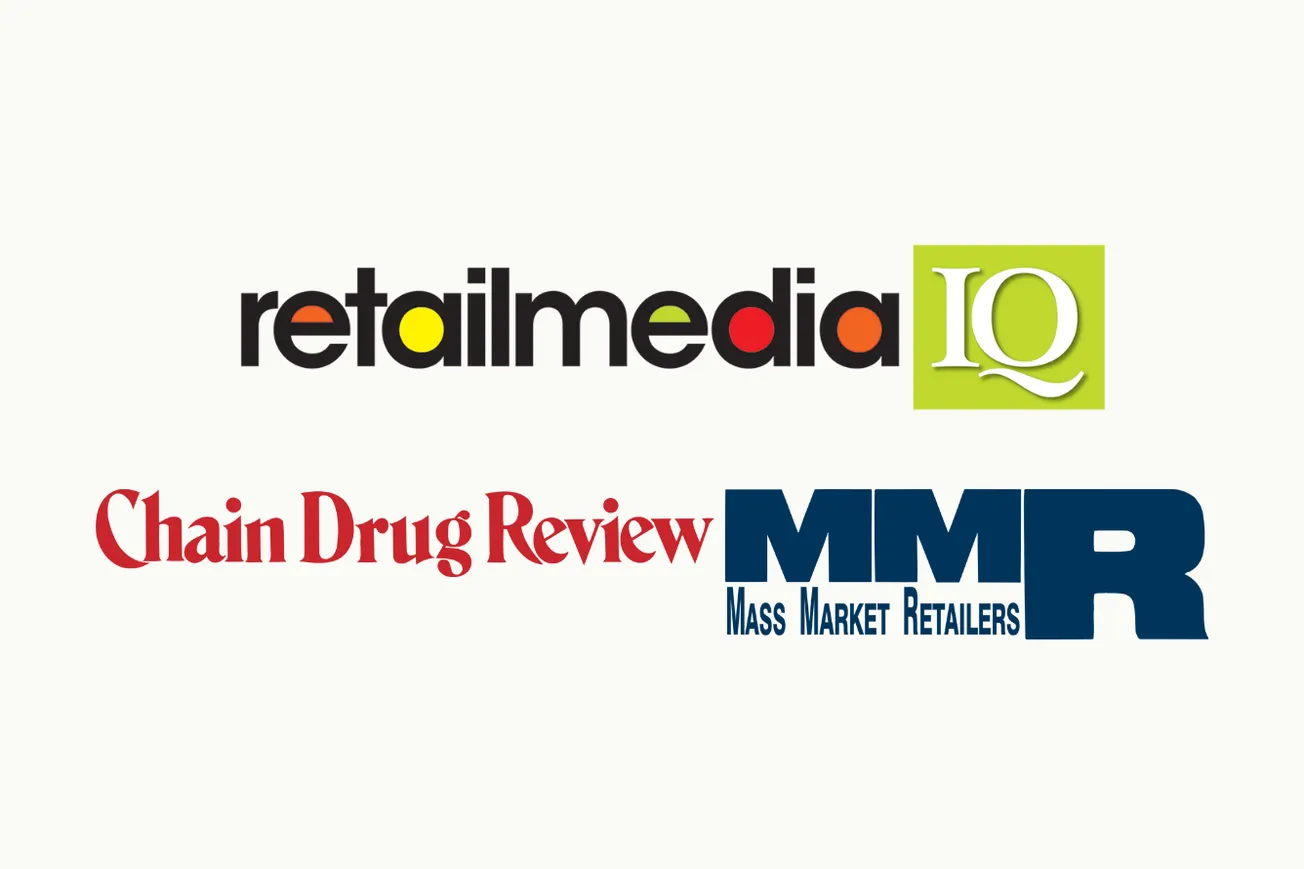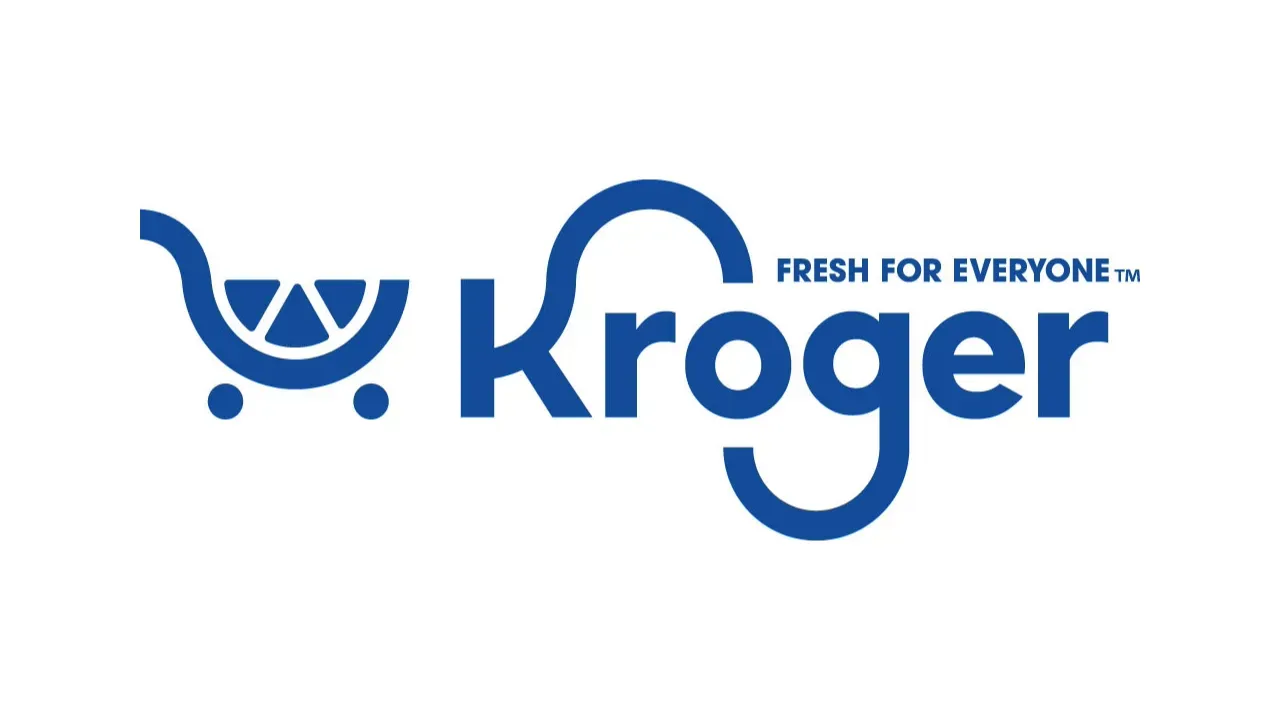PALM BEACH, Fla. — During its 90th anniversary year, the National Association of Chain Drug Stores has its sights set firmly on the future. At the NACDS Annual Meeting here last month, industry leaders expressed their determination to build on the association’s long record of achievement as they work to help shape the evolution of pharmacy and health care.
Steve Anderson, president and chief executive officer of the association, set the tone for the event in remarks at the first of two business programs: “Let’s recall that those who came before us recognized the moments — small and large — that held potential for big impact. Their leadership empowers and inspires ours. Today we have before us a huge moment. Call it another NACDS moment. And for the future of this industry and for the health and wellness of the American people — NACDS again will deliver.”
The association’s commitment to helping chart a viable course for the industry is made manifest by NACDS 2023, an initiative designed to bring retailers and suppliers together to carve out a bigger role for retail pharmacy. “We launched it last year to help NACDS advance pharmacy transformation, broader health and wellness solutions throughout the store, and health and wellness solutions by NACDS members in partnership with others in health care,” noted Anderson. “Simply put: It’s about the role of NACDS in keeping pharmacy at the core, while advancing the total store, to care for the total person. Think of it as ‘Pharmacy Plus.’ ”
The feasibility of that vision was proven during the course of the COVID pandemic. Community pharmacies across the country administered more than 300 million vaccine doses to fight the disease, a major contribution to returning the country to normalcy, as well as meeting other health and wellness and daily living needs during the emergency. But, as Good Neighbor Pharmacy’s Brian Nightengale, NACDS’ outgoing chairman, noted, significant roadblocks remain.
“Pharmacy is one of the only industries that I can think of where, year after year, costs consistently go up while reimbursement goes down,” he said. “This trend is unsustainable. The race to the bottom is here, and it’s having a devastating effect on pharmacies of all sizes, and the patients they serve.
“Some pharmacies have had to close their doors, leaving patients behind to find alternate places to receive their care, which in many cases might be miles away. And, sadly, for some patients that has meant not receiving any care at all.
“We seek a new payment model that fairly compensates pharmacies for the products and services they provide, incentivizes improved health outcomes, and lowers overall health care costs. Comprehensive payment reform is important for patients, pharmacies, employers, payers, and for everyone in this room.”
As Nightengale and Anderson pointed out, NACDS and its allies are gaining momentum in the battle to ensure pharmacy access and secure fair reimbursement for providers. During the first quarter of this year, the Biden administration announced that it would extend access to pharmacy-related services under the Public Readiness and Emergency Preparedness Act until December 2024, as well as support COVID vaccine access for the uninsured. In addition, more than 50 state laws and regulations favorable to retail pharmacy were implemented.
Mike Wysong, CEO of CARE Pharmacies and Nightengale’s successor as NACDS chairman, pledged to maintain a laser-like focus on the issues that matter most to the association and its members, with reform of the pharmacy benefits management sector at the top of the list. “We cannot be everything we need to be if we remain everything that we are,” he said, “but we still must address the key issues right in front of us if we are to be prosperous in the future.”
Himself a painter, Wysong likened the work of his peers in retail pharmacy to the creative process.
“When I look out across this room, I am reminded that our industry is full of great artists,” he said. “Artists are problem solvers; they stand on the edge of the unknown and bring that which is not yet articulated into being. They bring forth new thoughts and ideas, like developers who rehab areas of a city that have become run down, but then become the new ‘place to be.’ They share a common set of values.
“When you look across our industry at the great work that has been done, our ‘paintings’ differ provider by provider, but the spoken and understood expressions are remarkably coherent.”





